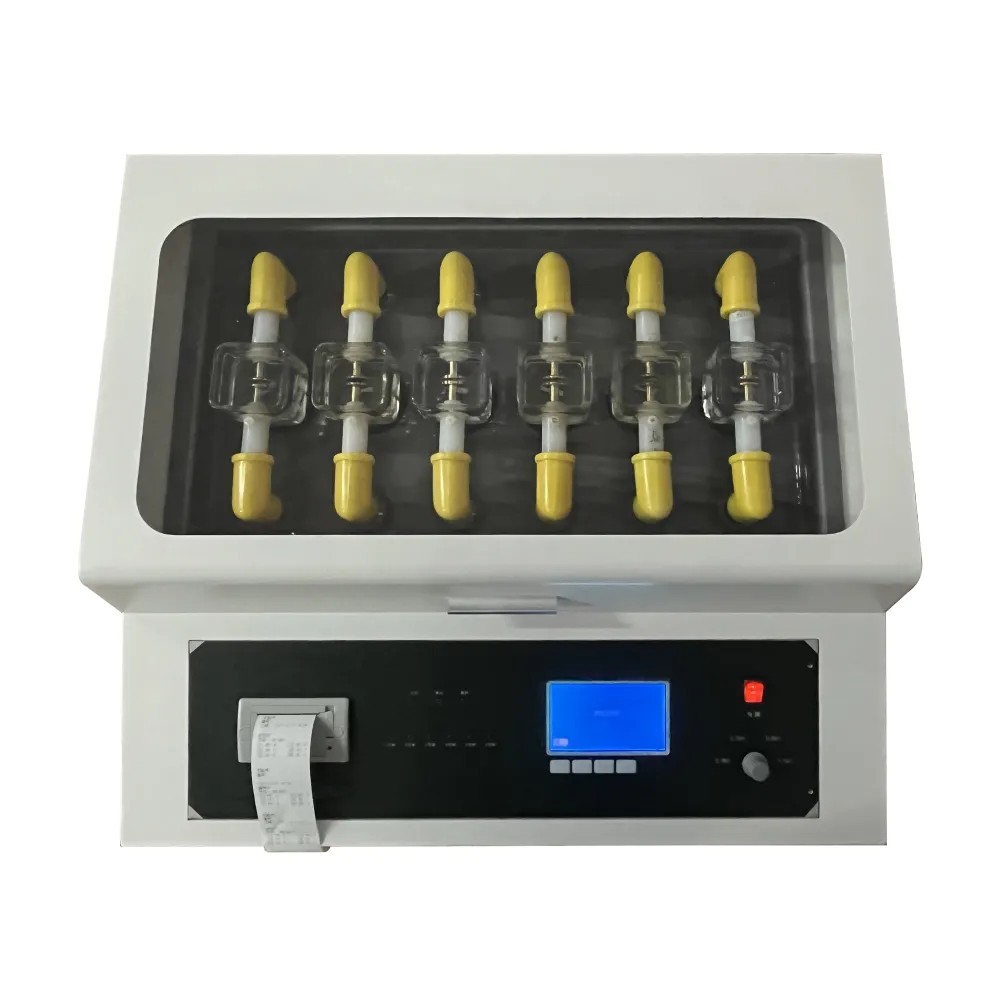 English
English


transformer load loss test
Transformer Load Loss Test Understanding and Importance
Transformer load loss, also known as copper loss, refers to the losses that occur in the windings of a transformer when it is under load. These losses primarily arise due to the resistance of the winding conductors, which convert electrical energy into heat. Conducting a load loss test is crucial in evaluating a transformer’s efficiency and overall performance, ensuring it operates within specified parameters.
One of the primary objectives of the load loss test is to assess the heat generated within the transformer during operation. This heat can significantly impact the lifespan and reliability of the transformer if not adequately managed. By simulating a full load condition, engineers can measure the actual load loss, which, when combined with other tests, helps determine the efficiency of the transformer.
The load loss test is typically performed according to established standards, such as those provided by the International Electrotechnical Commission (IEC) or the American National Standards Institute (ANSI). During the test, the transformer is energized while connected to a primary source, and the secondary side is loaded to simulate maximum operational conditions. The primary side current is monitored, and the resulting voltage drop across the transformer windings is measured.
transformer load loss test

The primary factors that contribute to load loss include the resistive heating of the winding conductors (I²R losses) and stray losses created by leakage flux in the transformer. These factors can vary based on the material, design, and construction of the transformer, making each transformer’s load loss unique.
Understanding load losses not only helps in optimizing transformer design but also aids in predictive maintenance
. By identifying efficiency losses, maintenance teams can implement remedial actions before problems escalate, reducing downtime and prolonging equipment life.In conclusion, the transformer load loss test is an integral part of transformer diagnostics and performance evaluation. It provides valuable insights into the efficiency and heating characteristics under load conditions, enabling manufacturers and operators to enhance transformer reliability and performance. Regular load loss testing, combined with other assessment measures, is vital for ensuring that transformers function effectively in their operational environments, ultimately supporting the broader electrical grid's stability and efficiency.
-
Differences between open cup flash point tester and closed cup flash point testerNewsOct.31,2024
-
The Reliable Load Tap ChangerNewsOct.23,2024
-
The Essential Guide to Hipot TestersNewsOct.23,2024
-
The Digital Insulation TesterNewsOct.23,2024
-
The Best Earth Loop Impedance Tester for SaleNewsOct.23,2024
-
Tan Delta Tester--The Essential Tool for Electrical Insulation TestingNewsOct.23,2024





